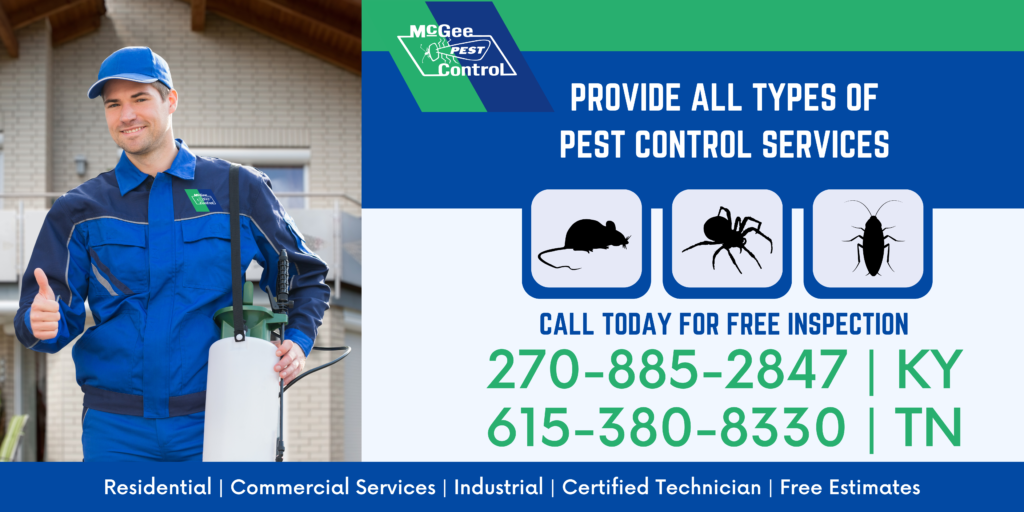How To Manage the Most Annoying Fall Pests
As autumn approaches and the temperatures gradually decrease, various pests will start showing their ugly heads. Some are looking for winter shelter, and others are preparing for the cold weather.
Here are some common pests you might encounter as the season changes.
Wasps
If wasps have been around all year, why are they suddenly becoming a problem in the fall?
Throughout the year, most wasps keep to themselves while looking for flower nectar, insects, and caterpillars to feed on their larvae. But in the fall, the weather cools, flowers and leaves die, and the wasps become desperate.
That’s when wasps get nasty. They become highly stressed from a lack of food and rest because of the cold night temperatures. Wasp acts aggressively and seems to sting at random.
If you have wasps nesting on or around your home, it’s best not to try treating them alone.
Beetles
Stink Bugs, Box Elder Bugs, and Asian Lady Beetles are some of the most common pests during the fall. As they detect changes in barometric pressure, temperature, and humidity, they gather in huge numbers to keep warm and find a safe place to “hibernate” during the winter.
Because of their nasty-tasing insides, these three types of insects don’t have many natural predators, allowing them to gather in large numbers.
Once they’ve found a suitable place to overwinter, such as a gutter, underneath the siding, inside wall voids, under a dead log, or loose tree bark, the insects will virtually disappear overnight. Their shelter will allow them to undergo a form of insect hibernation called “diapause,” which slows down their body functions, stops their reproduction cycle, and enables them to live longer with less food and water. Most insects in diapause move very slowly or not at all.
During the fall, you might see insects inside or around your house moving sluggishly or appearing completely dead. This could be because the insect entered diapause before it found a hiding place to keep it safe during the winter.
Winter temperatures, humidity levels, and barometric pressures may change enough to make certain insects come out of diapause and start moving around and looking for food. This is why preventing insects from overwintering on or inside your home is crucial.
Rodents
Rats and mice are some of the most common pests to show up during the fall and winter. As temperatures outside become less hospitable, mice and rats use their unique body structures to wiggle through tiny, overlooked gaps in homes. Rats can fit through a crack, void, or crevice as small as a quarter, and mice can squeeze through gaps no wider than a dime.
Unlike some insects, mice and rats don’t hibernate during the winter. They need food, water, and shelter, including safe places to nest when they reproduce. Your home is the perfect place for them to find everything.
The most apparent signs of rodent activity are squeaking sounds (especially at night), droppings, and gnaw or chew marks on walls or storage containers.
Spiders
Spiders will also appear because of the massive influx of insects toward warm places like your home. Spiders’ diet consists exclusively of insects and sometimes other spiders — they don’t even need to drink water! That means the spider is more likely to leave the area if a specific place — such as a basement, attic, or bedroom — doesn’t have food.
The best way to keep spiders at bay is to eliminate their food sources (other pests) and knock down their webs.
Cockroaches
Cockroaches are some of the hardiest insects on the planet and are very good at finding places to hide. They can flatten their bodies to slip through minor cracks in cement, gaps around utility or electrical piping, or spaces around doors or windows.
Capable of living on minimal amounts of food and water, cockroaches consider your home a paradise full of food, water, and hiding places. German cockroaches are especially good at finding places to hide, from the space under the refrigerator to the area behind wall outlets.
☎ 270-885-2847 | Kentucky
☎ 615-380-8230 | Tennessee

